Antibiotics and Dairy: Understanding Interactions and Proper Usage
Why can’t some antibiotics be taken with dairy products. How does calcium affect antibiotic absorption. What are the consequences of improper antibiotic usage. When is it safe to consume dairy while on antibiotics.
The Crucial Relationship Between Antibiotics and Dairy Products
The interaction between antibiotics and dairy products is a critical aspect of medication management that often goes overlooked. While not all antibiotics are affected by dairy consumption, certain types require careful consideration to ensure their effectiveness. Understanding these interactions can significantly impact the success of antibiotic treatments and overall health outcomes.
Common Antibiotics That Interact with Dairy
Several antibiotics are known to interact with dairy products. These include:
- Tetracycline
- Doxycycline
- Ciprofloxacin
- Levofloxacin
These medications are typically dispensed with explicit warnings to avoid dairy consumption during the course of treatment. But why is this precaution necessary?

The Science Behind Antibiotic-Dairy Interactions
The primary culprit behind the interaction between these antibiotics and dairy products is calcium. Calcium, a mineral abundant in dairy, can interfere with the absorption of certain antibiotics through a process called chelation.
What is Chelation?
Chelation occurs when calcium binds to antibiotic molecules, altering their chemical structure. This process makes it difficult for the body to absorb and utilize the antibiotic effectively. As a result, the medication may not reach the infection site in sufficient quantities, potentially leading to treatment failure.
Is chelation limited to dairy products? No, chelation can occur with any form of calcium present in the stomach simultaneously with the antibiotic. This includes calcium from supplements, antacids, and even fortified fruit juices.
The Mechanism of Action: How Different Antibiotics Work
To fully appreciate the importance of avoiding dairy with certain antibiotics, it’s crucial to understand how these medications function in the body.
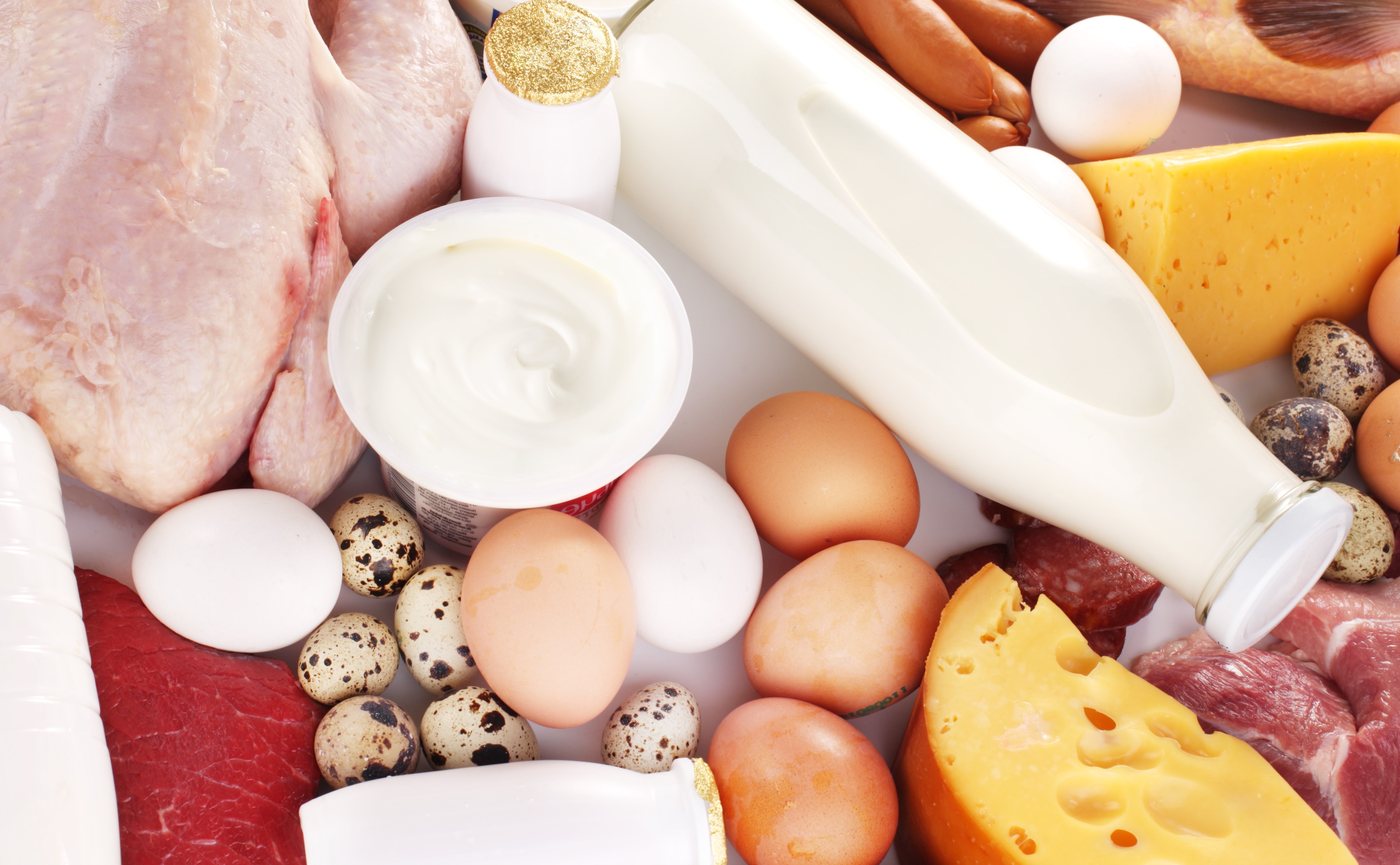
Tetracycline and Doxycycline
Tetracycline and doxycycline are antibiotics that work by disrupting protein formation in bacteria. Proteins are essential building blocks for bacterial cells. By interfering with protein synthesis, these antibiotics prevent bacteria from growing and reproducing, ultimately leading to their death.
Where might you encounter these antibiotics? Doxycycline is commonly prescribed by dentists for abscesses or after tooth extractions.
Ciprofloxacin and Levofloxacin
Ciprofloxacin and levofloxacin operate differently. These antibiotics target bacterial DNA (deoxyribonucleic acid), effectively destroying the “brain” of the bacterial cell. Without functional DNA, bacteria cannot survive.
When are these antibiotics typically prescribed? Ciprofloxacin is often the go-to treatment for urinary tract infections (UTIs).
The Consequences of Mixing Antibiotics with Dairy
Understanding the potential outcomes of consuming dairy while taking certain antibiotics is crucial for ensuring effective treatment.
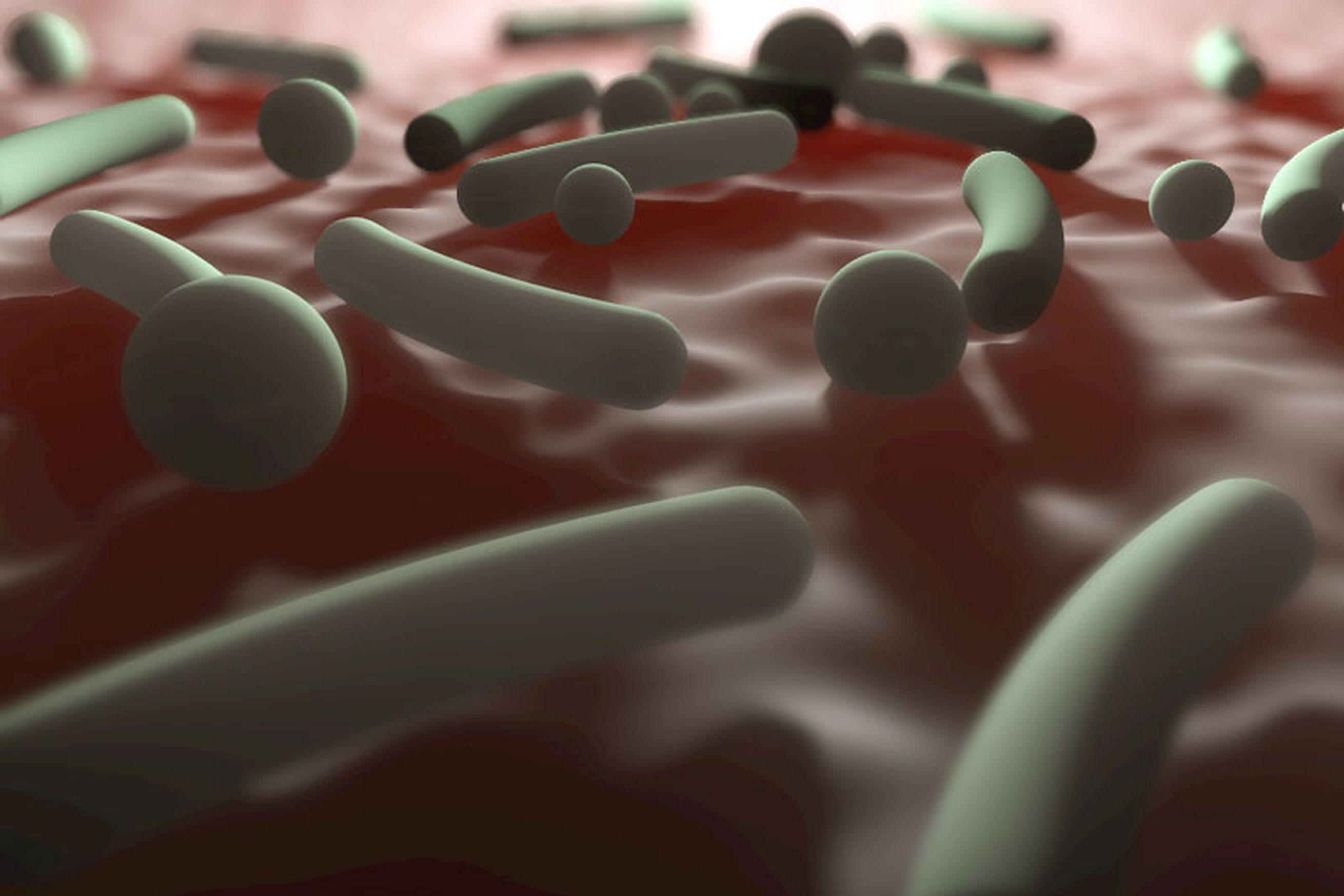
Reduced Antibiotic Absorption
When calcium binds to antibiotic molecules, it can significantly reduce the amount of medication absorbed into the bloodstream. This decreased absorption can lead to subtherapeutic levels of the antibiotic in the body, meaning there isn’t enough of the drug to effectively combat the infection.
Treatment Failure
The most serious consequence of mixing these antibiotics with dairy is treatment failure. If the antibiotic doesn’t reach the infection site in sufficient quantities, it may not be able to eliminate the bacteria effectively. This can result in persistent infections and potentially more severe health complications.
Need for Extended or Repeated Treatment
When antibiotic therapy is ineffective due to calcium interference, patients may require longer treatment periods or even additional rounds of antibiotics. This not only prolongs the illness but also increases the risk of antibiotic resistance and potential side effects.
Proper Timing: When Can You Consume Dairy?
While it’s crucial to avoid dairy when taking certain antibiotics, complete abstinence isn’t always necessary. Proper timing can allow for both effective antibiotic treatment and the continuation of a balanced diet.
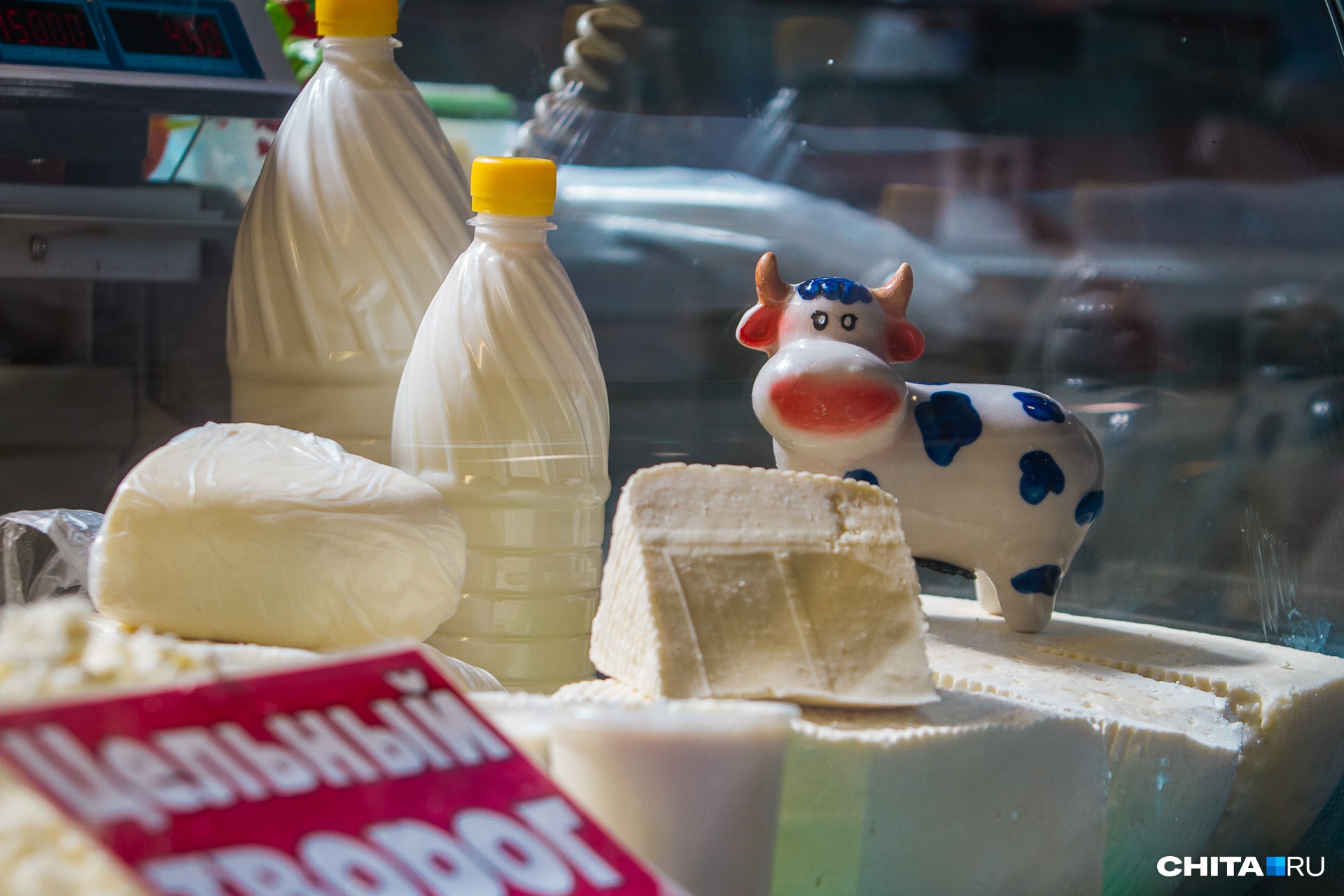
The Two-Hour Rule
Calcium-containing products can typically be consumed two hours before or after taking the antibiotic. This timeframe ensures that the stomach is clear of calcium when the antibiotic is ingested, allowing for optimal absorption.
Is it challenging to time dairy consumption correctly? Indeed, maintaining precise timing can be difficult for many patients. In such cases, it may be advisable to avoid dairy products entirely for the duration of the antibiotic treatment.
Beyond Dairy: Other Calcium Sources to Consider
It’s important to remember that dairy products aren’t the only sources of calcium that can interfere with antibiotic absorption. Other calcium-rich items to be mindful of include:
- Calcium supplements
- Antacids containing calcium
- Fortified fruit juices
- Calcium-enriched foods
Should patients completely eliminate calcium from their diet during antibiotic treatment? Fortunately, most antibiotic courses are relatively short, typically lasting about a week. This means patients won’t have to avoid calcium-rich foods and supplements for an extended period.
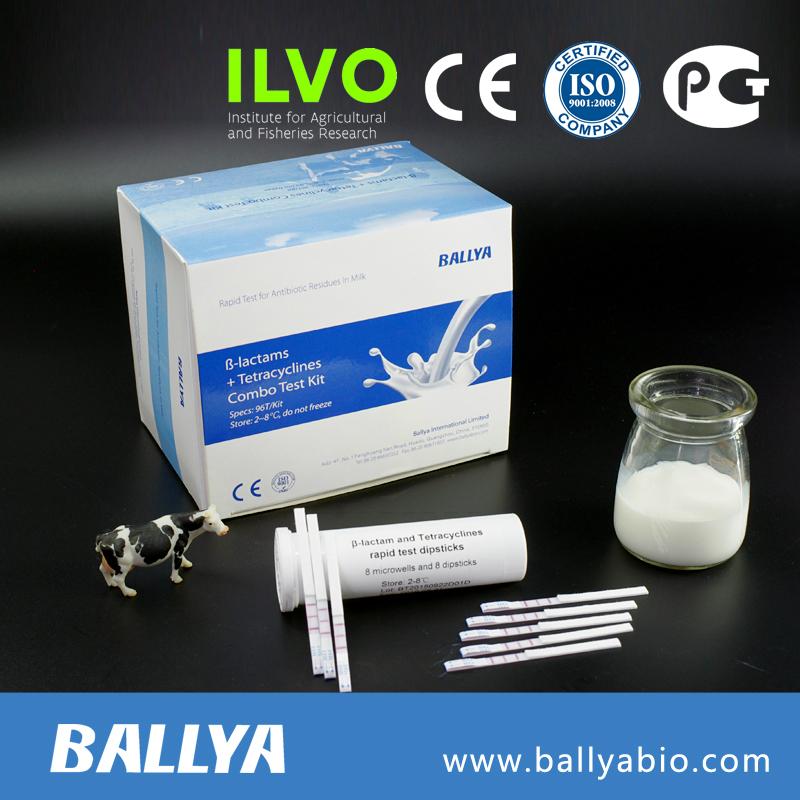
The Importance of Following Medication Instructions
Adhering to medication instructions is crucial for ensuring the effectiveness of antibiotic treatments. This includes not only taking the correct dosage at the prescribed times but also following auxiliary instructions, such as avoiding dairy products.
Reading Labels and Asking Questions
Patients should carefully read medication labels and ask their pharmacist or healthcare provider if it’s safe to consume dairy products with their prescribed antibiotics. If advised against dairy consumption, it’s essential to pay close attention to diet and potential calcium sources.
The Cost of Non-Adherence
Antibiotics can be expensive, and failing to follow instructions properly can lead to wasted medication and prolonged illness. Moreover, ineffective antibiotic therapy may necessitate additional rounds of treatment, further increasing costs and health risks.
Alternatives and Strategies for Maintaining Calcium Intake
While avoiding dairy during antibiotic treatment is important for some medications, it doesn’t mean patients have to sacrifice their calcium intake entirely. There are several strategies for maintaining adequate calcium levels without interfering with antibiotic efficacy.

Non-Dairy Calcium Sources
Several foods provide calcium without the risk of interfering with antibiotic absorption. These include:
- Leafy green vegetables (e.g., kale, spinach, collard greens)
- Sardines and canned salmon with bones
- Almonds and other nuts
- Tofu and soy products
- Beans and lentils
Can these alternatives provide sufficient calcium? While these foods may not contain as much calcium as dairy products, they can help maintain calcium intake during short-term antibiotic treatments.
Timing Calcium Intake
For those who rely heavily on calcium supplements or cannot easily eliminate dairy from their diet, strategic timing can be crucial. Consuming calcium-rich foods or supplements at least two hours before or after taking antibiotics can help minimize interactions while still meeting nutritional needs.
The Role of Healthcare Providers in Antibiotic Education
Healthcare providers play a vital role in educating patients about proper antibiotic use and potential interactions with dairy and other calcium sources. Clear communication about medication instructions and the reasons behind them can significantly improve treatment outcomes.
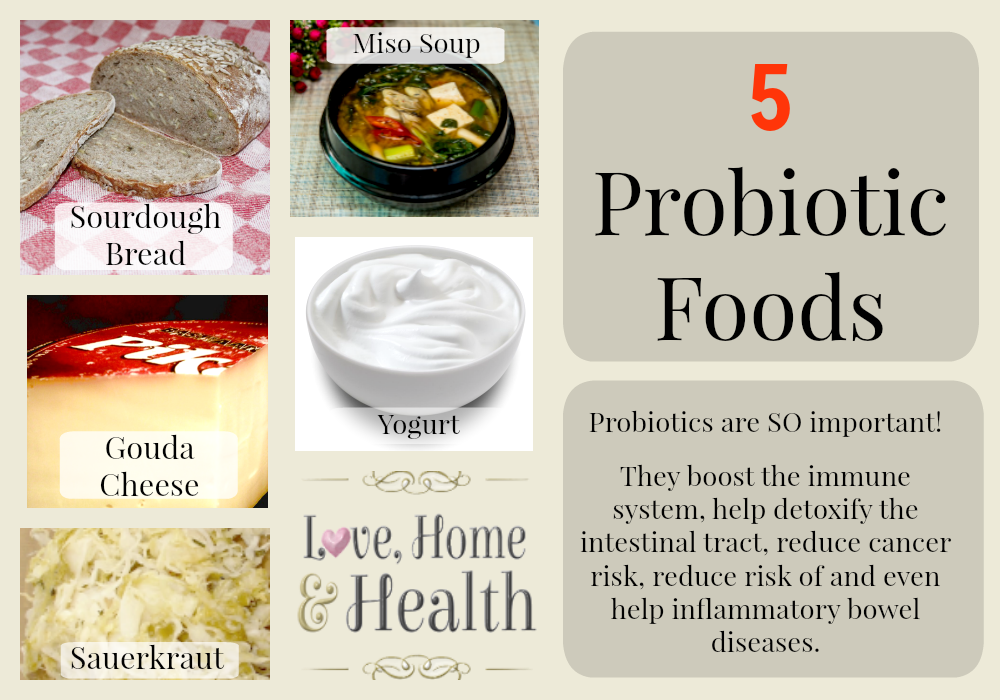
Pharmacist Consultations
Pharmacists are excellent resources for information about antibiotic-dairy interactions. They can provide detailed instructions on when and how to take medications, as well as offer advice on dietary adjustments during treatment.
How can patients make the most of their pharmacist consultations? Patients should not hesitate to ask questions about their medications, including potential interactions with food and supplements. Pharmacists can offer valuable insights that may not be immediately apparent from medication labels alone.
Tailored Treatment Plans
Healthcare providers can work with patients to develop tailored treatment plans that account for individual dietary needs and preferences. This may involve selecting alternative antibiotics that don’t interact with calcium when appropriate or providing strategies for maintaining nutrition while adhering to medication instructions.
The Broader Impact of Antibiotic-Dairy Interactions
The issue of antibiotic-dairy interactions extends beyond individual patient care, affecting broader public health concerns and the medical community’s approach to antibiotic prescribing and patient education.

Antibiotic Resistance
When antibiotics are not used effectively due to interactions with dairy or other substances, it can contribute to the development of antibiotic-resistant bacteria. This global health threat makes it even more critical to ensure proper antibiotic usage and absorption.
How does improper antibiotic use contribute to resistance? When bacteria are exposed to subtherapeutic levels of antibiotics, they may survive and develop mechanisms to resist the medication. This can lead to the emergence of antibiotic-resistant strains that are more difficult to treat.
Patient Compliance and Health Outcomes
Understanding the reasons behind medication instructions can improve patient compliance. When patients recognize the importance of avoiding dairy with certain antibiotics, they may be more likely to adhere to treatment guidelines, leading to better health outcomes and reduced risk of complications.
Future Directions in Antibiotic Development and Administration
The challenges posed by antibiotic-dairy interactions have spurred research into new antibiotic formulations and administration methods that may be less susceptible to interference from calcium and other minerals.
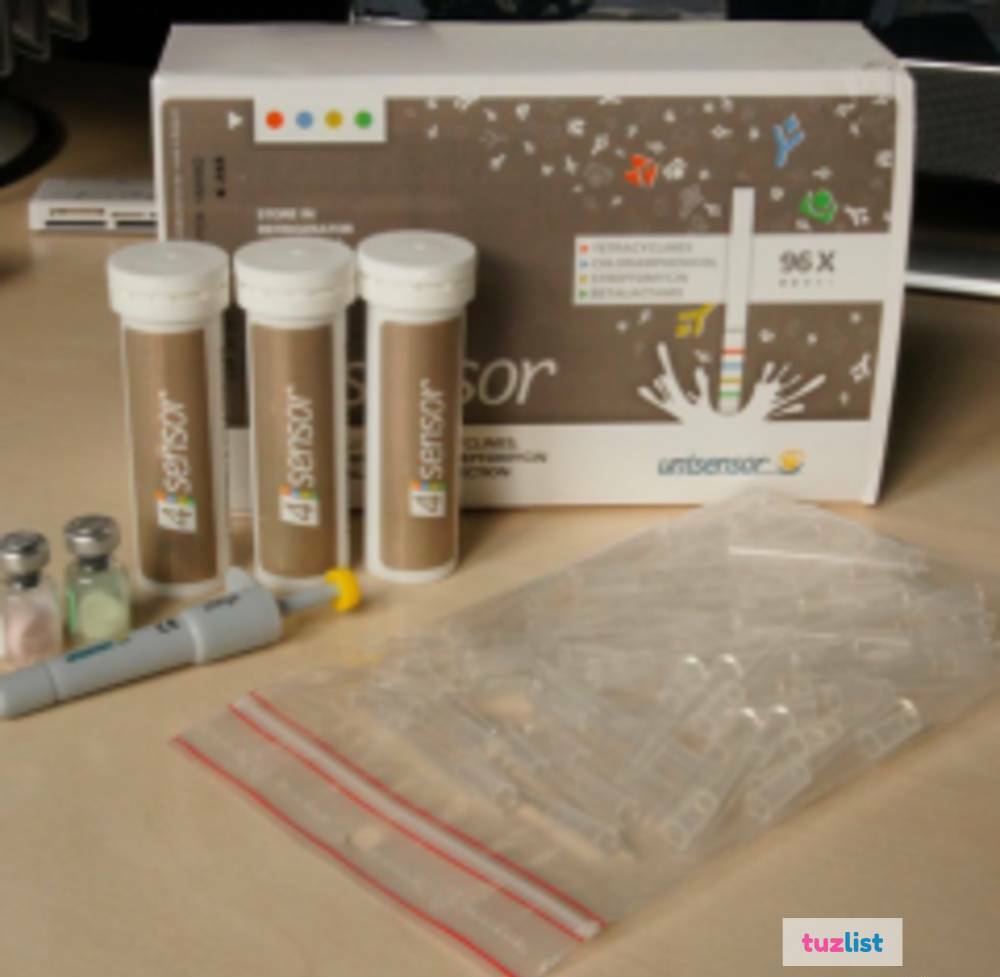
Novel Antibiotic Formulations
Researchers are exploring new antibiotic formulations that may be less affected by calcium and other dietary factors. These innovations could potentially allow for more flexible dosing schedules and reduce the need for dietary restrictions during treatment.
Improved Drug Delivery Systems
Advancements in drug delivery systems may offer solutions to the antibiotic-dairy interaction problem. For example, targeted delivery methods or time-release formulations could help ensure that antibiotics reach their intended sites of action without being compromised by dietary calcium.
What potential benefits could these innovations bring? Improved antibiotic formulations and delivery systems could enhance treatment efficacy, reduce the risk of antibiotic resistance, and improve patient quality of life by minimizing dietary restrictions during treatment.
Conclusion: Balancing Antibiotic Efficacy and Nutritional Needs
The interaction between certain antibiotics and dairy products highlights the complex relationship between medication efficacy and nutrition. While it’s crucial to follow medical advice and avoid dairy when prescribed certain antibiotics, it’s equally important to maintain a balanced diet and adequate calcium intake for overall health.
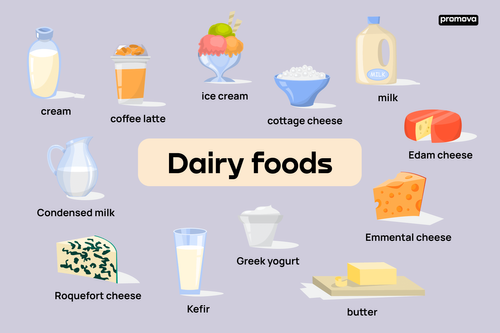
By understanding the science behind these interactions, patients can make informed decisions about their medication and diet. Healthcare providers play a vital role in educating patients and tailoring treatment plans to individual needs. As research continues to advance, we may see new solutions that minimize the conflict between antibiotic treatments and dietary requirements, ultimately leading to more effective and patient-friendly healthcare practices.
Remember, when in doubt about the compatibility of your antibiotics with dairy or any other food or supplement, always consult your healthcare provider or pharmacist. Their expertise can help ensure that you receive the full benefits of your antibiotic treatment while maintaining optimal nutrition and health.
Why some antibiotics & dairy don’t mix
Not all antibiotics interact withdairy products, but there aresome that will be dispensedwith the warning to avoid dairy.(Photo: Pixabay)
Ask Your Pharmacist
We know you sometimes have burning questions that can best be answered by a pharmacist. Our feature, Ask Your Pharmacist , seeks to address some of those issues. Send your questions to [email protected].
Question: Why can’t I have dairy with some antibiotics?
Answer: Fortunately, not all antibiotics interact with dairy products, but there are some that will be dispensed with the warning to avoid dairy. Some common antibiotics that will trigger this warning are Tetracycline, Doxycycline, Ciprofloxacin, and Levofloxacin.
Tetracycline and doxycycline
Tetracycline and doxycycline are antibiotics that work by disrupting protein formation in bacteria. Proteins are the basic building blocks for the cells of the bacteria. If there is no protein (or damaged protein), the bacteria cannot grow or flourish and will eventually die.
Proteins are the basic building blocks for the cells of the bacteria. If there is no protein (or damaged protein), the bacteria cannot grow or flourish and will eventually die.
If you have been to the dentist for an abscess or an extraction, you have probably received doxycycline.
Ciprofloxacin and levofloxacin
Ciprofloxacin and levofloxacin work by destroying the DNA (deoxyribonucleic acid) of the bacteria. The DNA is the brain of the cell, so if the DNA is destroyed, the cell cannot function. The bacteria will eventually die.
If you have ever gone to the doctor for a urinary tract infection (UTI), you might have received ciprofloxacin.
Dairy warning
These antibiotics are always dispensed with a warning to avoid dairy products. Dairy products include milk, butter, yoghurt, ice cream, and cheese. The danger really stems from the calcium in these products.
Calcium in supplements, antacids, and fortified fruit juices are just as dangerous as the calcium in dairy products. Hence, many times, the pharmacist will go on to say that antacids and multivitamins/mineral supplements should be avoided for the duration of treatment with the antibiotic. In actuality, calcium-containing products can be had two hours before or after taking the antibiotic. This will ensure that the stomach is clear of the calcium by the time the antibiotic gets there. However, it can be difficult to get the timing right, so it might be best to just avoid these products for the duration of the treatment.
Hence, many times, the pharmacist will go on to say that antacids and multivitamins/mineral supplements should be avoided for the duration of treatment with the antibiotic. In actuality, calcium-containing products can be had two hours before or after taking the antibiotic. This will ensure that the stomach is clear of the calcium by the time the antibiotic gets there. However, it can be difficult to get the timing right, so it might be best to just avoid these products for the duration of the treatment.
Calcium is needed for the development of strong teeth and bones. It is an essential mineral to have in the diet, so it might seem strange to advise patients not to partake of any calcium. The good thing is that most times antibiotic treatment therapies are short — about a week long — so you won’t have to stay away from dairy and calcium-containing supplements for an extended period.
Chelation
How does dairy/calcium affect these antibiotics though? The calcium in dairy products interacts with the antibiotics in a process called chelation. Chelation is just a fancy way to say that the calcium binds to the antibiotic molecules and changes the chemical structure of the antibiotic. This makes it quite difficult for the body to absorb and utilise the antibiotic.
Chelation is just a fancy way to say that the calcium binds to the antibiotic molecules and changes the chemical structure of the antibiotic. This makes it quite difficult for the body to absorb and utilise the antibiotic.
Of course, if the body cannot absorb the antibiotic into the bloodstream, it will not get to the site of infection to kill the bacteria. Instead, the antibiotic might just stay in the digestive tract and be passed out of the body without carrying out its job. This may result in treatment failure. Even if the calcium affects just half of the drug, you’re only getting half the dose, which could mean the infection isn’t destroyed by the end of the course. In either case, the treatment would be ineffective.
Chelation can occur when any form of calcium is present in the stomach at the same time as the antibiotic, so pay attention to your diet, any supplements that you might be taking, and antacids that you might use to relieve heartburn.
Some patients think the important thing is to simply take the medication once or twice per day, as is written on the label. However, the auxiliary instructions are very important to ensure success of the therapy. After all, some antibiotics can be pretty expensive. You want to ensure that you get value for your money by utilising the drug properly. You also want to engage the shortest route to regain good health.
However, the auxiliary instructions are very important to ensure success of the therapy. After all, some antibiotics can be pretty expensive. You want to ensure that you get value for your money by utilising the drug properly. You also want to engage the shortest route to regain good health.
If the antibiotic therapy is ineffective because of chelation caused by calcium in your food or supplements, you will have the infection for longer and you might actually be prescribed another round of antibiotics to help fix the initial botched attempt. This is certainly not a desirable outcome.
The next time you get antibiotics, be sure to ask if it is okay to have dairy with it. If the pharmacist advises you against dairy, pay a little more attention to your diet. You can successfully substitute lots of things for dairy products. Look at your food labels, too, to ensure that calcium is not hiding in your favourite orange juice or cream-filled biscuit.
Novia Jerry Stewart, MSc, RPh, is a pharmacist who specialises in ophthalmic care. She may be contacted at [email protected].
She may be contacted at [email protected].
Results are in from FDA tests for antibiotics in milk
Health
/ CBS/AP
WASHINGTON — In an encouraging development for consumers worried about antibiotics in their milk, a new Food and Drug Administration study showed little evidence of drug contamination after surveying almost 2,000 dairy farms.
In response to concerns, the agency in 2012 took samples of raw milk from the farms and tested them for 31 drugs, almost all of them antibiotics. Results released by the agency Thursday show that less than 1 percent of the total samples showed illegal drug residue.
Antibiotics and other drugs can end up in milk when they are used on dairy cows to keep them healthy. Small levels of drugs are allowed in milk, but residues that go beyond certain thresholds are illegal.
“Overall this is very encouraging and reinforces the idea that the milk supply is safe,” said the FDA’s William Flynn, who led the study. He said the agency will use the findings to try and reduce the drug contamination even more.
Should Americans be drinking more milk?
01:26
The industry does regular testing for the drugs, but public health advocates had expressed particular concern about milk that had come from dairy farms that had repeatedly tried to sell older cows for slaughter with illegal levels of antibiotic residue in their tissue. So the FDA study focused on those farms with previous violations, with about half of the samples coming from them and half from a control group.
FDA said 11 of the samples from the group with previous violations showed illegal levels of drug residue and four from the control group showed illegal residue. Flynn said the illegal drug residues found in the study were from unapproved drugs, so any level is illegal.
The agency said the study was blind, so no violations would be reported.
The milk industry balked when the FDA first announced the study in 2010, expressing concerns that the broad testing would disrupt the milk supply. After negotiations, the testing began in 2012 and the agency spent the next two years analyzing the results.
The industry praised the study as it was released.
“These results are great, but we still are aiming for zero positives in the future,” said Jim Mulhern, CEO of the National Milk Producers Federation.
The findings may help reassure American consumers who have been steadily turning away from drinking milk. The average consumption of dairy milk has dropped from about 22 gallons a year per person in 1970 to less than 15 gallons in 2012 — a 33 percent decline — while bottled waters, teas and energy drinks gained market share.
The dairy industry has been working to reverse that trend with renewed marketing efforts and a variety of new products designed for modern tastes, such as flavored and blended milk drinks in round, re-sealable containers.
Trending News
- In:
- Food and Drug Administration
- Antibiotic
First published on March 5, 2015 / 4:31 PM
CBS/AP
Thanks for reading CBS NEWS.
Create your free account or log in
for more features.
Please enter email address to continue
Please enter valid email address to continue
How to determine antibiotics in milk at home?
Even if you are against antibiotics, you still get them with food without knowing it. Half of all antibiotics produced in the world are fed to livestock, which brings fabulous profits to both livestock breeders and pharmaceutical companies. This is done not only for the sake of treating certain animals, but also in order to ensure rapid growth and a larger size of livestock. Due to antibiotics, livestock breeders save about 30% on feed. As a result, we also receive a significant dose of antibiotics.
This is done not only for the sake of treating certain animals, but also in order to ensure rapid growth and a larger size of livestock. Due to antibiotics, livestock breeders save about 30% on feed. As a result, we also receive a significant dose of antibiotics.
Russian farmers feed and treat their animals with levomycetin, penicillin, streptomycin, tetracycline, etc. Manufacturers then add antibiotics during the manufacturing process to increase shelf life. Together with dairy and meat products, these substances enter the human body, after which sensitivity to involuntarily taken antibiotics disappears, immunity is weakened, and allergic reactions develop.
Allergies are the scourge of modern city dwellers; every 30 years, the incidence of allergies doubles. The most serious complication of allergy is bronchial asthma. Agree, this is not at all what a person who drinks harmless cow’s milk would like to get.
It turns out that according to the technological regulations, a certain proportion of antibiotics is officially permissible – in hundredths-thousandths of a percent. But how to understand that the norms are met and milk is safe? You can check this at home and quite simply. It is enough to leave some milk out of the refrigerator overnight at room temperature. If the milk does not turn sour, then the antibiotics in it are more than normal.
But how to understand that the norms are met and milk is safe? You can check this at home and quite simply. It is enough to leave some milk out of the refrigerator overnight at room temperature. If the milk does not turn sour, then the antibiotics in it are more than normal.
It is also possible to conduct an experiment according to GOST technology. Pour 100 ml of milk into a sterile container, add a teaspoon of fresh sour cream. After 3-4 hours, we look at the result: if there are no inhibitors, milk placed in a warm place turns into yogurt.
It is impossible to determine the exact amount of antibiotics in milk “by eye”, special laboratory tests are needed. But the main thing to understand is that if extraneous bacteria can be killed by heat treatment, then the antibiotic from milk cannot be eliminated by any boiling.
Unfortunately, from milk in which the norm of antibiotics is exceeded, it will not be possible to prepare homemade sour-milk products – beneficial bacteria will die without even starting the fermentation process. So, if you failed to make yogurt at home, then one of the possible reasons is antibiotics in milk.
So, if you failed to make yogurt at home, then one of the possible reasons is antibiotics in milk.
How to remove antibiotics from milk?
Unfortunately, at home it is not possible to determine which particular antibiotic is used in milk. Accordingly, it will not be possible to choose a method of neutralization either – you can harm the body. Therefore, if by one of the above methods you have determined that the milk contains antibiotics, it is better to refuse the milk of this manufacturer.
Inf. FBUZ “Center for Hygiene and Epidemiology in the Stavropol Territory”
Experts told why there are traces of antibiotics in milk
Latest issue Fresh number
Leningrad region
01/12/2021 18:14
Share
Three regions of Russia have become pilot projects for the development of safe technologies
Tatyana Tyumeneva (NWFD)
A pilot project has been launched in several regions of the country to reduce the use of antibiotics in the agro-industrial complex.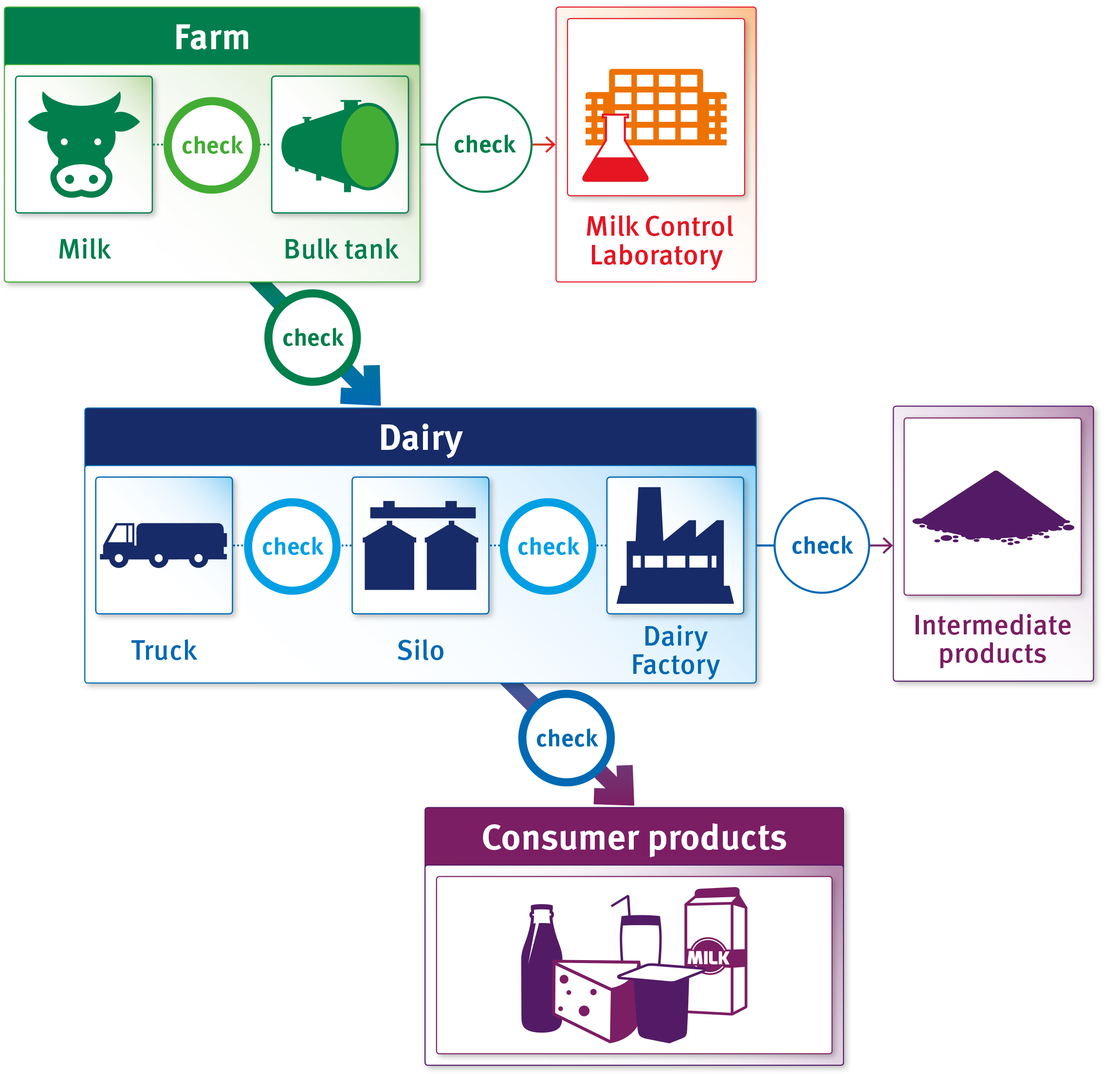 Enterprises are implementing an antimicrobial drug control system (SCAMP), and products may be labeled “Without antibiotics”.
Enterprises are implementing an antimicrobial drug control system (SCAMP), and products may be labeled “Without antibiotics”.
– The consequences of the use of antibiotics in agriculture were tracked back in the 90s of the last century. Residual amounts of antibiotics used to treat and prevent diseases in farm animals ended up in milk and dairy products, eggs, and meat. Microbes acquired resistance, so antibiotic treatment could become ineffective when an illness occurred. Studies have shown that even microdoses are dangerous, – said Svetlana Shchepetkina, chairman of the research center of the St. Petersburg Union of Scientists “Social significance of veterinary medicine”, head of the scientific consulting center for the development and transfer of system technologies in veterinary medicine and agriculture of the Animal Health Group.
Unfortunately, antibiotics given to animals for prophylactic or therapeutic purposes are not destroyed by heat treatment of the product. To change the psychology of farmers, many European countries have needed decades of work to prove that it is possible to raise animals without antibiotics and without economic losses. In 2018, the European Parliament approved a ban on the use of antibiotics in animal husbandry for preventive purposes.
To change the psychology of farmers, many European countries have needed decades of work to prove that it is possible to raise animals without antibiotics and without economic losses. In 2018, the European Parliament approved a ban on the use of antibiotics in animal husbandry for preventive purposes.
In our country, work is also underway to eradicate antibiotics, animal products are tested for antibiotics. Dairy plants, meat processing plants have their own laboratories, and if the parameters are exceeded, the products are rejected. For their part, large agricultural producers also control the content of residual antibiotics.
-It is impossible to ban antibiotics in agriculture, as this will lead to mass animal diseases and a threat to food security. But another solution is possible: in industrial conditions, to develop a technology in which animals and birds would not experience stress, have good immunity and not get sick, which means that antibiotics would not be needed, – Schepetkina believes. Pilot regions in the development of such technologies were the Leningrad and Belgorod regions, the Krasnodar Territory.
Pilot regions in the development of such technologies were the Leningrad and Belgorod regions, the Krasnodar Territory.
In the Leningrad region in 2019, equipment was purchased that provides manufacturers with free testing of samples of meat, eggs, milk for more than 90 antibiotics. This is important both for checking incoming raw materials and for examining the residual amount of antibiotics after treatment of animals, so that even safer products can be produced. The number of enterprises that have implemented an antimicrobial drug control system (SCAMP) is increasing. The marking means that the company has organized a technology that ensures the production of high-quality and safe products “from stall to table”, that antibiotics are used only for treatment and are not used to stimulate the growth and productivity of animals. On the products of such enterprises, a special marking “Without antibiotics” may appear.
But how profitable is this for producers?
– My farm cannot be called organic, in my conditions it is impossible. One of the reasons is the insufficient amount of land for keeping animals and the lack of their own forage base. But we pay great attention to disease prevention and use antibiotics only when they become the only way to cure the animal. The antibiotic is used after determining the sensitivity of the microbe to it – the causative agent of the disease, the milk from the cow undergoing treatment is disposed of. To make sure that the antibiotic has completely disappeared from the body of the animal, tests are carried out in the future. They can be made for free,” says Tatyana Pugacheva, a farmer from the Priozersky district.
One of the reasons is the insufficient amount of land for keeping animals and the lack of their own forage base. But we pay great attention to disease prevention and use antibiotics only when they become the only way to cure the animal. The antibiotic is used after determining the sensitivity of the microbe to it – the causative agent of the disease, the milk from the cow undergoing treatment is disposed of. To make sure that the antibiotic has completely disappeared from the body of the animal, tests are carried out in the future. They can be made for free,” says Tatyana Pugacheva, a farmer from the Priozersky district.
Speaking of milk. It turns out that the consumer will not be able to determine by taste whether there are traces of antibiotics in it or not. A bitter taste is a consequence of completely different reasons (some diseases in a cow, poor-quality feed). The only method that is available to all of us is to buy sourdough and make yogurt, yogurt, from purchased milk.
